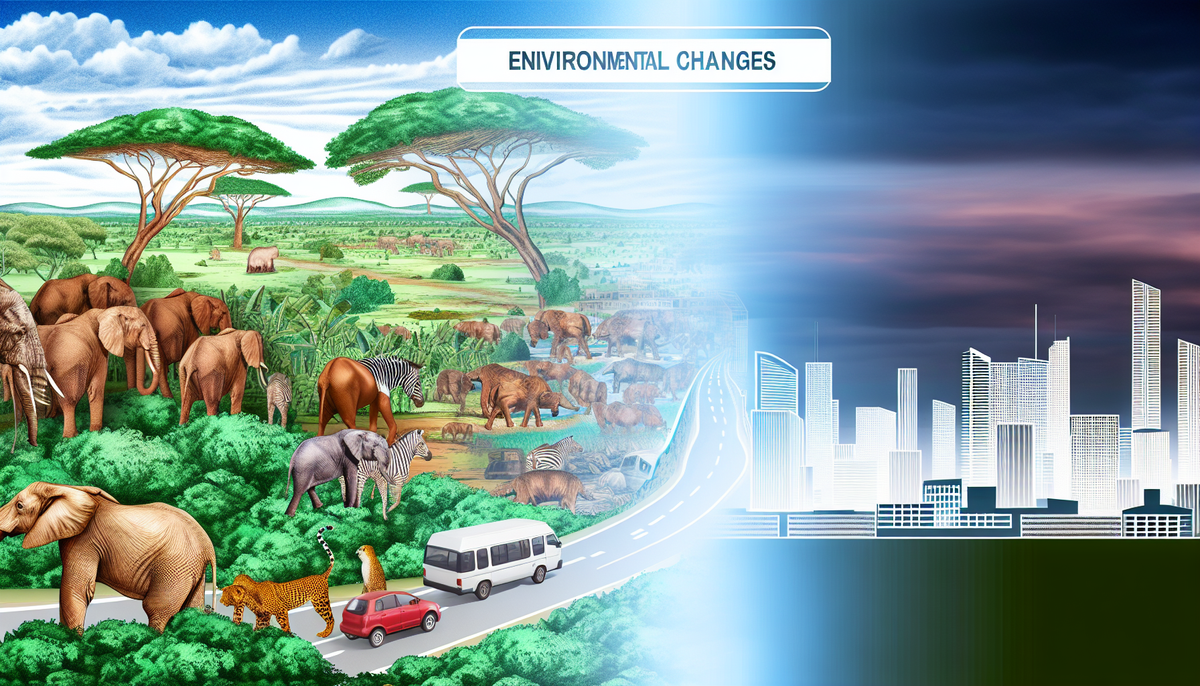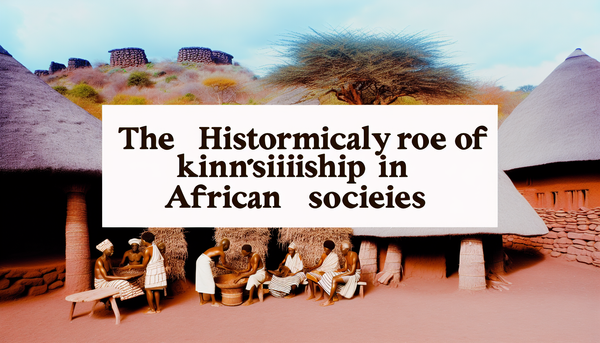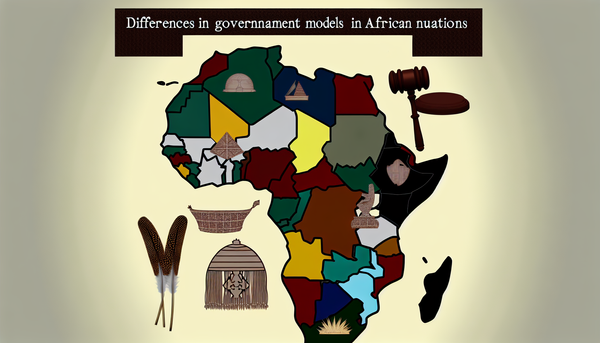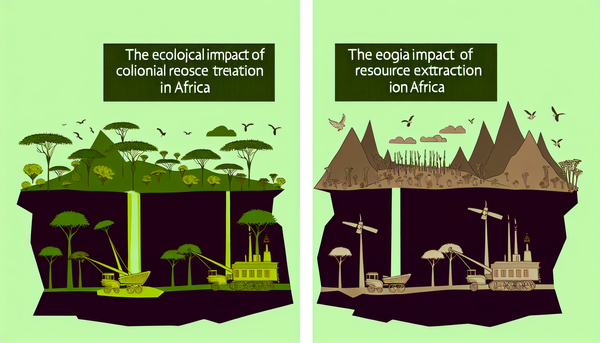Environmental Changes and Their Historical Impact on African Societies

Climate shifts played a crucial role in shaping the agricultural practices of Ancient Egypt. The Nile River, often referred to as the lifeline of Egypt, was heavily reliant on the regular flooding caused by the summer monsoon in East Africa. These floods brought nutrient-rich silt to the land, creating fertile soil ideal for farming. However, fluctuations in the monsoon patterns could lead to variations in the flood levels, impacting the agricultural calendar and crop yields.
To adapt to these climate shifts, the ancient Egyptians developed sophisticated irrigation systems, such as canals and reservoirs, to manage water distribution during periods of low inundation. They also practiced crop rotation and diversified their agricultural production to withstand potential crop failures. Additionally, the Egyptians worshipped deities associated with fertility and agriculture, emphasizing the spiritual connection between the environment and their livelihoods.
Overall, the ability of Ancient Egypt to harness and adapt to the changing climate patterns of the Nile River played a key role in the sustainability and prosperity of their civilization.
Deforestation had significant repercussions on the early Sub-Saharan civilizations, altering landscapes and impacting socio-economic structures. As populations grew and the demand for resources increased, forests were cleared for agriculture, urban development, and fuel. The loss of biodiversity and disruption of ecological balance led to soil degradation, water scarcity, and reduced arable land, affecting agricultural productivity and food security.
In regions where deforestation was rampant, such as the Sahel zone, desertification became a looming threat, exacerbating environmental challenges. Deforestation also disrupted local ecosystems, leading to the decline of wildlife populations and affecting traditional hunting and gathering practices prevalent in many Sub-Saharan societies.
Moreover, the clearing of forests diminished natural carbon sinks, contributing to climate change and further exacerbating environmental degradation. Deforestation not only altered the physical landscapes of early Sub-Saharan civilizations but also disrupted cultural practices closely connected to the natural environment. Finding sustainable ways to manage forest resources and promote reforestation became crucial for the long-term resilience and prosperity of these ancient societies.
Desertification, a process characterized by the degradation of arid and semi-arid lands into desert, had a profound impact on the nomadic patterns of populations in the Sahara region. As the Sahara desert expanded due to factors like overgrazing, droughts, and unsustainable agricultural practices, traditional nomadic communities faced challenges in sustaining their livelihoods.
The encroachment of desertification forced nomadic tribes to adapt their migration routes and settlement patterns to access scarce resources like water and grazing land. Competition over limited resources sometimes led to conflicts among different nomadic groups, further destabilizing the region. Additionally, the loss of vegetation and fertile soil due to desertification diminished the resilience of local ecosystems, making it harder for nomadic herders to maintain their livestock.
In response to the growing desertification, some nomadic communities adopted new strategies, such as diversifying their livestock or engaging in trade to secure essential resources. However, the ongoing spread of desertification continued to shape the nomadic lifestyles and cultural identities of Sahara inhabitants, highlighting the intricate relationship between environmental changes and human adaptation strategies.
Rainfall Variability and Conflict in Pre-Colonial African Kingdoms
Rainfall variability in pre-colonial African kingdoms played a significant role in shaping social dynamics and conflict patterns. In regions where agriculture was the primary livelihood, fluctuations in rainfall patterns directly impacted crop yields and food security. Droughts and erratic rainfall could lead to crop failures, famine, and economic hardship, triggering competition for limited resources among neighboring communities.
Conflicts often arose over access to water sources, fertile land, and grazing areas during periods of prolonged drought or inadequate rainfall. Pre-colonial African societies developed intricate systems of water management and land allocation to mitigate the impact of rainfall variability, but resource scarcity could still fuel tensions and disputes between rival kingdoms or ethnic groups.
Moreover, the reliance on rain-fed agriculture made these societies vulnerable to climatic fluctuations, exacerbating existing political rivalries and power struggles. The ability to navigate conflicts stemming from rainfall variability often determined the stability and resilience of pre-colonial African kingdoms, highlighting the intricate interplay between environmental factors and social dynamics in shaping historical narratives.
Resource Scarcity and Socioeconomic Structures in West Africa
Resource scarcity has been a defining factor in shaping the socioeconomic structures of West African societies throughout history. The region's diverse ecosystems, from savannas to rainforests, presented opportunities and challenges in resource management. Competition for essential resources, such as fertile land, water, minerals, and timber, often led to complex social hierarchies and economic disparities.
In regions where resources were limited, communities developed systems of collective ownership, sharing, and trade to ensure equitable distribution and sustainable use. Control over strategic resources like gold, salt, and palm oil played a crucial role in shaping trade networks and power dynamics within West African societies. Additionally, access to valuable resources often influenced the development of political systems and governance structures, with ruling elites consolidating power based on their control over key assets.
Resource scarcity also fostered innovation and adaptation, prompting communities to diversify their economic activities and engage in specialized craft production or long-distance trade. The management of scarce resources shaped the fabric of West African societies, influencing cultural practices, migration patterns, and economic relationships both within the region and beyond.
Impact of Colonial Environmental Policies on Indigenous Practices
Colonial environmental policies implemented by European powers during the colonial period had profound impacts on indigenous practices and traditional knowledge systems. Often driven by exploitative motives and the desire to extract natural resources for economic gain, colonial administrations imposed land tenure systems, regulations on hunting and fishing, and forced resettlement of indigenous populations, disrupting longstanding relationships between communities and their environments.
These policies frequently marginalized indigenous practices that had been sustainable and in harmony with the local ecosystems for generations. For example, restrictions on traditional land management techniques, such as shifting agriculture or rotational grazing, led to soil degradation and loss of biodiversity in many regions. Additionally, the introduction of monoculture agriculture and extractive industries by colonial authorities often prioritized short-term profit over the long-term sustainability of the land and its resources.
The impact of colonial environmental policies on indigenous practices extended beyond ecological consequences, contributing to social upheaval, cultural loss, and the erosion of indigenous identities. The legacies of these policies continue to shape the environmental challenges and struggles for land rights faced by indigenous communities in post-colonial contexts.
Preservation and Loss of Biodiversity in the Congo Basin
The Congo Basin, home to one of the world's most biodiverse and ecologically rich regions, has faced significant challenges in both the preservation and loss of biodiversity. The vast tropical rainforests and diverse ecosystems of the Congo Basin support a wide array of plant and animal species found nowhere else on Earth. However, human activities such as deforestation, mining, poaching, and infrastructure development have posed serious threats to the region's biodiversity.
Efforts to preserve the biodiversity of the Congo Basin have included the establishment of national parks, conservation reserves, and collaborative conservation initiatives. These efforts aim to protect endangered species, restore degraded habitats, and promote sustainable land use practices among local communities. However, illegal logging, land conversion for agriculture, and unsustainable resource extraction continue to contribute to the loss of biodiversity in the region.
The preservation of biodiversity in the Congo Basin is crucial not only for the conservation of unique species but also for the livelihoods of local communities dependent on the forests for food, medicine, and cultural practices. Addressing the complex factors driving biodiversity loss in the Congo Basin requires a multi-faceted approach that balances conservation efforts with sustainable development and community engagement.



